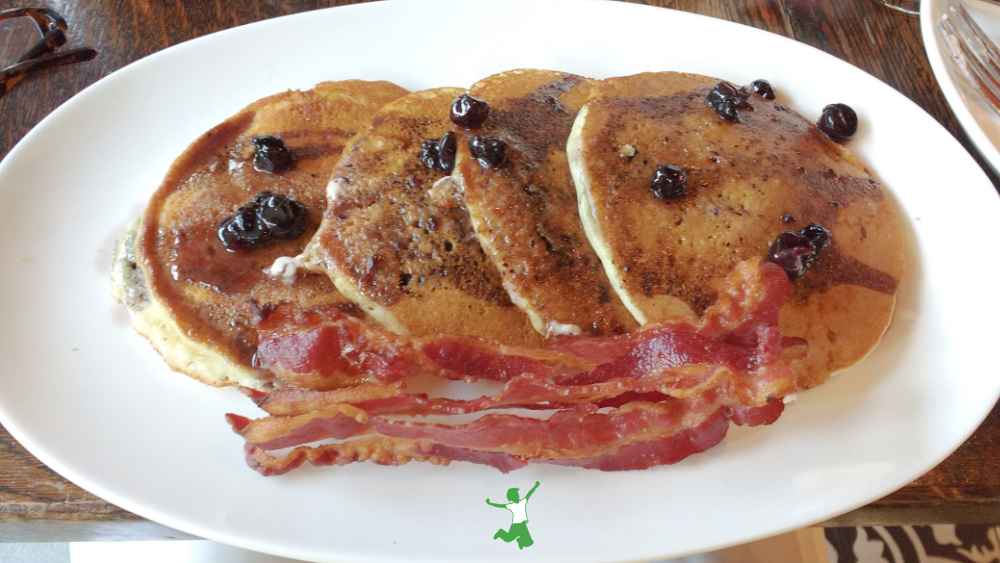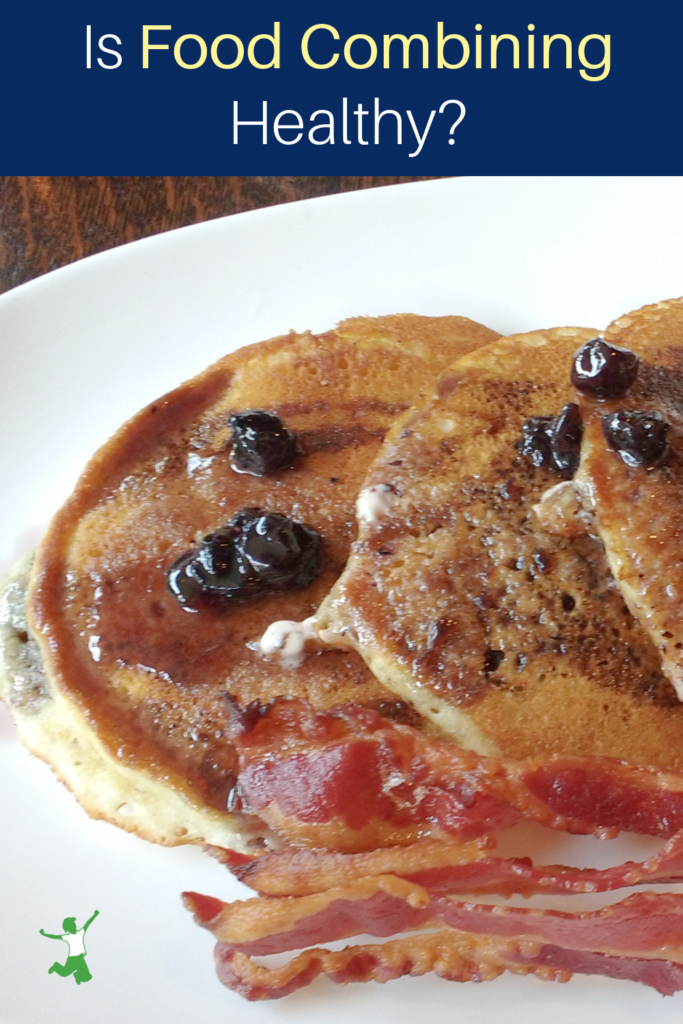Table of Contents[Hide][Show]
Examination of food combining as a method to improve digestion and comfort after meals, and whether this food philosophy is valid based on scientific research and comparison to traditional diets.

Food combining is a dietary approach that emphasizes eating specific food groups separately to optimize digestion.
This food philosophy has seen periodic waves of interest since the popularity of the Hay Diet from the 1920s and a resurgence in the 1980s with Fit for Life. (1, 2)
Today, broader wellness culture can quickly become amplified by social media, with food combining continuing to fuel interest in restrictive eating patterns, as people seek personalized nutrition solutions.
Innova Market Insights highlights “Precision Wellness” as a current trend, noting consumer demand for tailored nutrition plans, which could indirectly align with food combining’s focus on individualized eating rules. (3)
Research on Food Combining
It is important to realize that the concept of food combining is a theory based on the premise that different foods have different digestive requirements.
Research continues to find no significant benefits for weight loss or health compared to balanced diets. (4)
Scientific studies continue to maintain that the human digestive system is well equipped to handle mixed macronutrients efficiently, debunking claims of “meat clogging the colon” or digestive distress from improper combinations.
Despite this, anecdotal testimonials and influencers, like Kenzie Burke with her “21-Day Reset” program, have kept the concept alive in online spaces. (5)
In addition, food combining plays an important role for the Trim Healthy Mama Diet and cookbook series.
Specific food combinations that are avoided according to this nourishment philosophy are meat proteins and starchy foods (such as grains and potatoes) among others.
Ayurvedic Medicine
I’ve written before about how Ayurvedic cooking was my first foray into traditional diets in the early 1990s.
Ayurvedic medicine teaches that certain foods that are “incompatible” can challenge digestion when paired together. (6)
For example, beans and nuts are heavy, rich proteins that are more challenging for the body to break down.
Thus, Ayurvedic recipes do not pair them together in the same meal so as not to overwhelm digestion.
High enzyme fruits such as melons, however, are very light and easy to digest.
Thus, Ayurvedic cooking suggests eating them alone, otherwise, discomfort such as gas, and bloating could occur if eaten with other foods that require a more robust digestive response.
Crutch for Bad Digestion
To me, the persistence of food combining in popular cultures seems to be related to how most people today have some form of digestive impairment.
For example, if a person has lost their ability to digest grains or starches, then eating them with easy-to-digest foods will cause uncomfortable symptoms.
In other words, food combining can be used as a crutch to deal with digestive malfunction.
To me, it is not coincidental that the Hay Diet in the 1920s…the first modern form of food combining…appears at the very time indigestible and gut damaging processed foods such as packaged snacks (Cracker Jack), mass produced cookies and crackers (Nabisco), and frozen foods (Birdseye) achieved widespread appeal as dietary staples in the American Diet!
Antibiotics came on the scene in 1928 with the discovery of penicillin which further damaged modern digestion.
The result has been the gradual deterioration of modern digestion to the sorry state it is today, with very few escaping the wrath from a messed-up microbiome.
Rather than embracing food combining as a valid approach to damage from processed foods and microbiome-damaging medications, the better way to approach the situation is to heal and seal the gut to resolve microbiome imbalance!
In short, food combining appears to be a band-aid approach (the easy way out) to dealing with compromised digestion.
The GAPS Diet is the best protocol to consider for true healing.
This protocol developed by Natasha Campbell-McBride MD involves the temporary removal of foods that cannot be completely digested with reintroduction (no food combining!) once healing and sealing of the intestinal wall occurs.
No Food Combining in Traditional Diets!
Other than Ayurvedic cooking, examination of the specifics of ancestral diets does not reveal food combining as a traditional method for humans to consume their food for optimal digestion.
Starches and proteins are regularly consumed together ancestrally across the globe.
My own primary ancestry from Northern Europe considered sourdough bread and a thick slab of raw cheese to be a preferred lunchtime staple, a meal to provide lasting energy working in the fields until sundown.
It was (and is) not a food combination worthy of an afternoon nap because digestion has ground to a halt as claimed by food combining afficionados.
If food combining had any validity whatsoever, it would be reflected in the dietary patterns of healthy, disease-free societies such as the 14 ancestral cultures written about in the classic Nutrition and Physical Degeneration. (7)

(1) The Benefits of the Hay Diet: A Comprehensive Guide
(2) The Fit for Life Diet: A Comprehensive Guide to Eating for Optimal Health
(3) Precision Wellness: How Personalized Nutrition is Reshaping the Food Industry
(4) Similar weight loss with low-energy food combining or balanced diets
(5) Kenzie Burke 21 Day Reset Food
(6) A Beginner’s Guide to Ayurvedic Cooking
(7) Nutrition and Physical Degeneration

